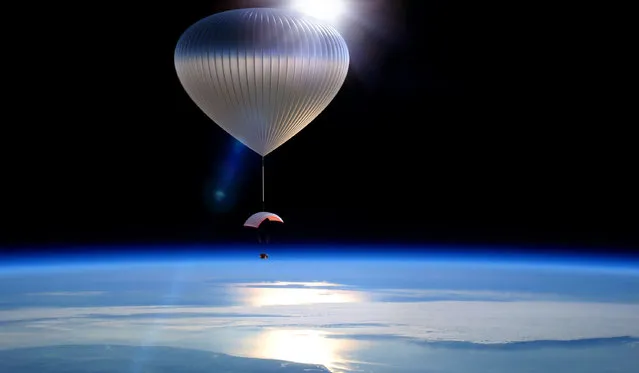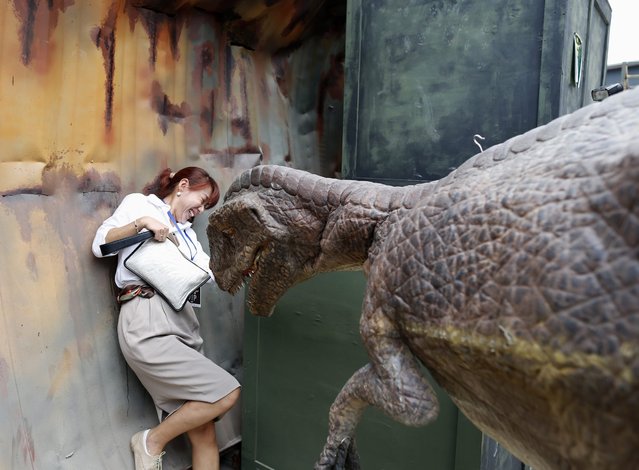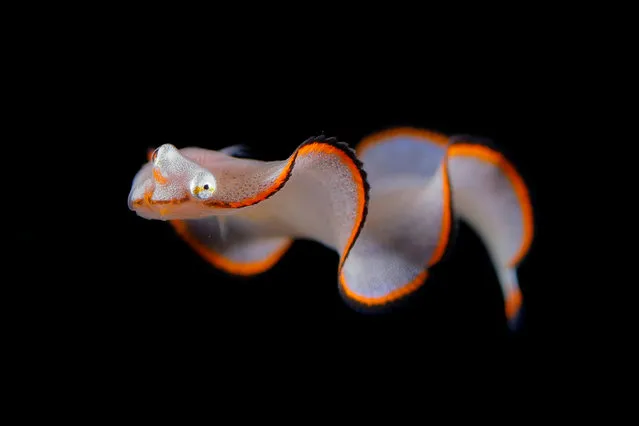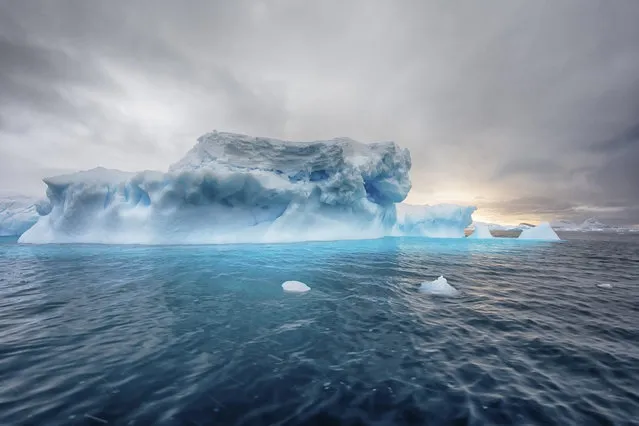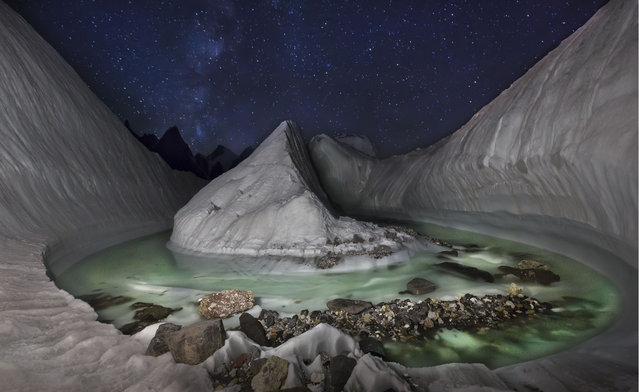
Polish photographer David Kaszlikowski took a series of stunning photographs of a glacier in the Karakoram region of Pakistan while on a film expedition. At the Baltoro and Godwin-Austen glaciers near K2, the second highest mountain in the world, he sent his drone on flights to scout the surrounding landscape. Here: at the heart of Karakoram, a glacier formation found at Concordia at the very beginning of one of the longest glaciers on the planet, Baltoro. (Photo by David Kaszlikowski/Rex Features)
17 Nov 2015 08:02:00,post received
0 comments

